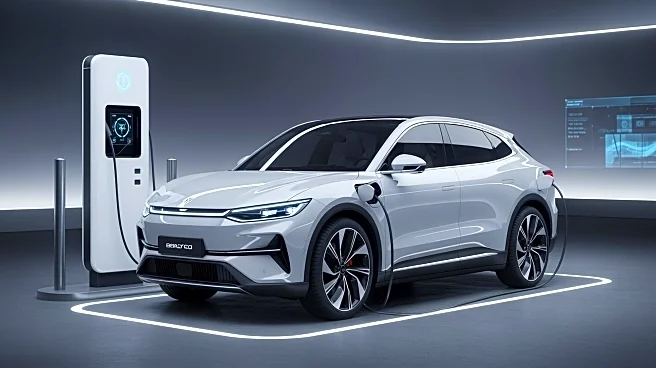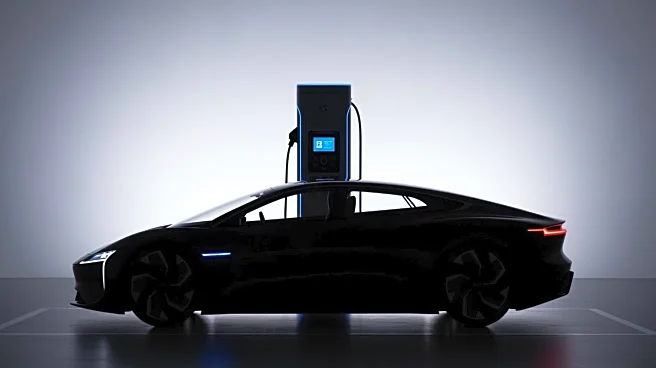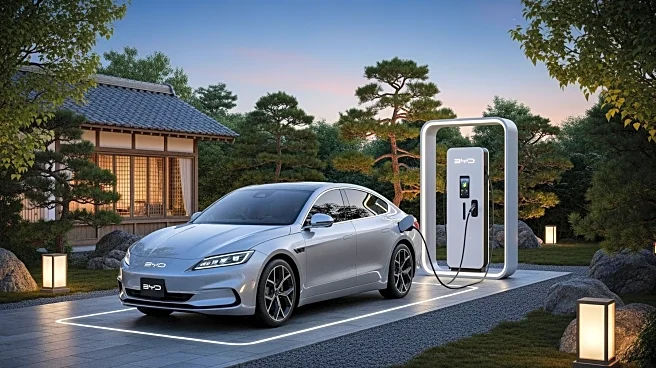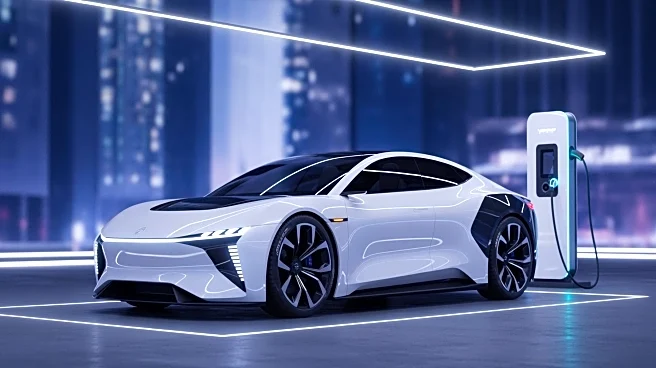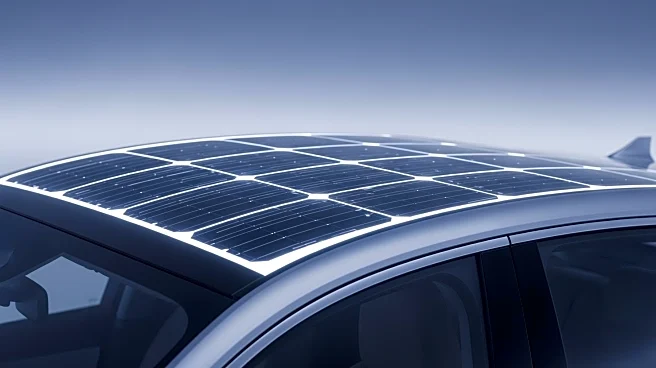What's Happening?
Changan's Dival 05, a new Chinese crossover priced at NIS 150,000, is set to enter the market with the goal of reviving electric vehicle (EV) sales. The Dival 05 joins the existing Dival 07 model and is positioned
as a larger and more affordable option compared to competitors like the BYD Atto 3 and Lynk & Co 02. The introduction of additional models, such as the Atto 2 and Leapmotor B10, at similar price points is anticipated to stimulate interest in the EV category. The Dival 05 features generous dimensions, including a 490-liter trunk, appealing to consumers seeking spacious and cost-effective electric vehicles.
Why It's Important?
The launch of the Dival 05 represents a strategic move to boost EV sales by offering consumers more affordable and spacious options. As the demand for electric vehicles continues to grow, competitive pricing and enhanced features are crucial for attracting buyers and expanding market share. This development is particularly relevant in the context of increasing environmental concerns and the push for sustainable transportation solutions. By providing cost-effective alternatives, Changan aims to capture a larger segment of the EV market, potentially influencing industry trends and encouraging other manufacturers to adopt similar strategies.
What's Next?
The introduction of the Dival 05 and other upcoming models is expected to impact the EV market by increasing competition and driving innovation. As Changan and other manufacturers continue to offer affordable electric vehicles, consumers may benefit from a wider range of choices, potentially accelerating the transition to sustainable transportation. Industry stakeholders, including policymakers and environmental groups, will likely monitor these developments closely, assessing their implications for emissions reduction and energy efficiency. The success of these models could also prompt further investment in EV infrastructure and technology.
Beyond the Headlines
The launch of affordable electric vehicles like the Dival 05 could have broader implications for consumer behavior and environmental policy. As more consumers opt for electric vehicles, there may be shifts in cultural attitudes towards sustainability and green technology. Additionally, the increased adoption of EVs could influence regulatory frameworks, prompting governments to implement supportive policies and incentives. Long-term, this trend could contribute to significant reductions in carbon emissions and foster advancements in renewable energy integration within the transportation sector.
